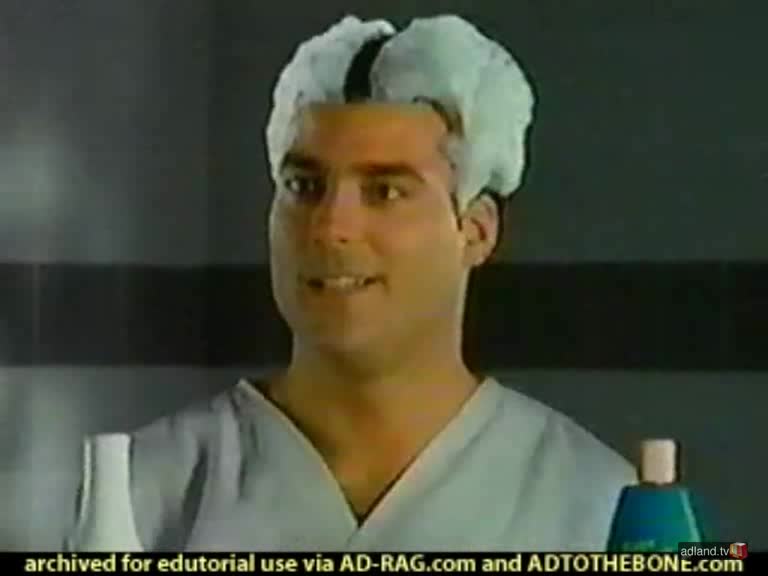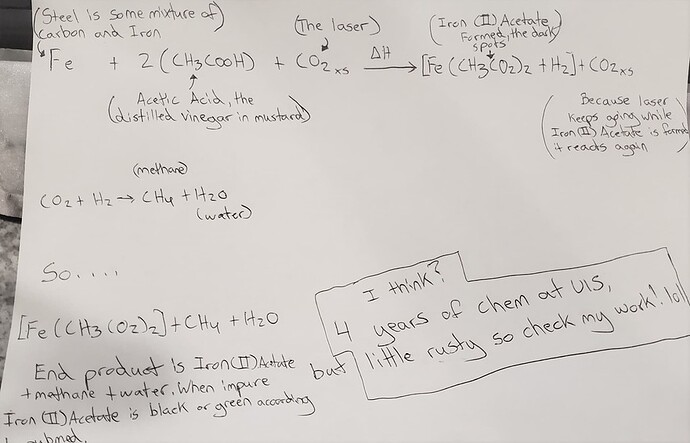this might be worth a try as well.
Looking into this, too. Reasonably cheap moly options available from Amazon. Cheapest I’ve found in a quick scan is around $10-11 for 14oz.
Edit: Both Amazon and Grainger have a 16 oz for $10.15.
Amazon qualifies for Prime. Guess I will have to get a Saturday delivery, then figure out another knife or something else.
You had me fooled there at first… I thought you reversed the list and said ‘from the top down’, then put mustard at the bottom.
Then my inner mind ranted, “Hasn’t anyone learned from the Google hamburger debacle that you never put condiments on the bottom?!??!?”
…and then just realized I was thinking about hamburgers a lot, and promptly had lunch.

duh…

![]()
I’m thinking: Colonel Mustard with the knife in the Glowforge room…
I build my hamburgers Alton Brown-style, with mayo under the beef. (It helps to keep the meat juices from making the bun soggy. Ok, probably not a huge amount. But If AB does it, it must be right, right?)
So it’s just the acid in the mustard, then? Would a thin paste of cornstarch and vinegar work?
I think someone should run a test like they do in the infomercials for “super cleaners”. Take a piece of stainless steel, and mark one section with mustard, one with vinegar, one with orange juice, etc. and laser them all to see how they respond.
No, I believe that it has to be an oxidation reaction that is promoted by the acid. The metallic nickel is +0 and changes to either +2 or +3 charge in forming an oxide or sulfide.
like this?
6 passes worked with moderate results.
I’m switching the routine to full power, about 500ish speed, 2 passes, and then re-coat.
I’m on the 4th round of this and I’ll compare this morning’s fork with last night’s fork:
I also adjusted the focal length.
If you notice Lizzy is darker in some spaces. I posited that shifting the focal length by .010 or .005 each pass would improve the overall consistency on the curved surface.
Oh, no, no, no, no, no, no that is totally the wrong order for a fork. Thank goodness you didn’t try it with a spoon or we’d all be dead. ![]()
![]()
Yeah. Do you want a black hole? Because that’s how you get a black hole.
We tried the mustard and it works! Really well, better than the CerMark we tried surprisingly. My husband loves science though and wanted to know WHY this worked so he set out to do the math…ugh chemistry…ugh…equation?? Whatever, this is what he came up with for those of you who were curious why it worked and if it was safe!
Yay science! I have approximately 5 years less chemistry knowledge, but I’m a bit suspicious of the CO2 bit. The laser is not a source of CO2, it’s a sealed tube with a mixture of gasses that do a weird physics dance and spit out photons. ΔH for sure… when it hits something that soaks up infrared.
So maybe mustard remains a miracle. But has anyone tried mayo?
I would think that someone with the equipment to do so could check the black stuff and see what that is. I would expect some variation of Iron Acetate but that is just a guess.
Okay, Zero college chem but are you thinking that CO2 is being added in the center step? Because it is not, just light at around 10.6 µm, If I misunderstood please disregard this.
Interesting, but the laser itself does not add CO2 to any process. Combustion of carbohydrates in wood, marshmallows, mustard(?), etc. fired by the laser produces CO2 that could then combine, I suppose…




